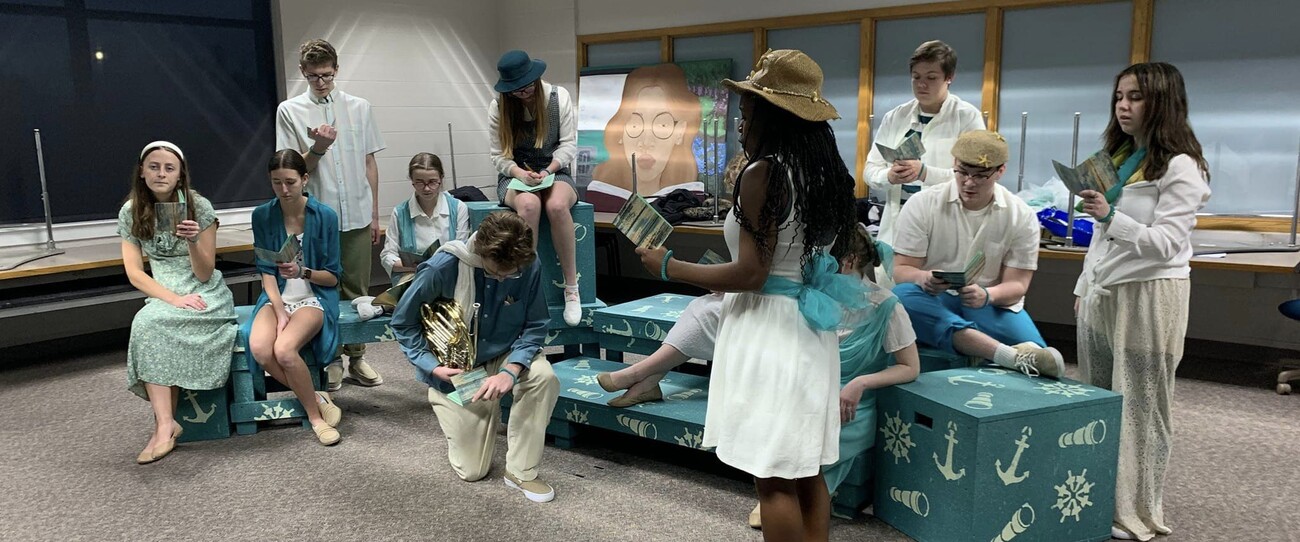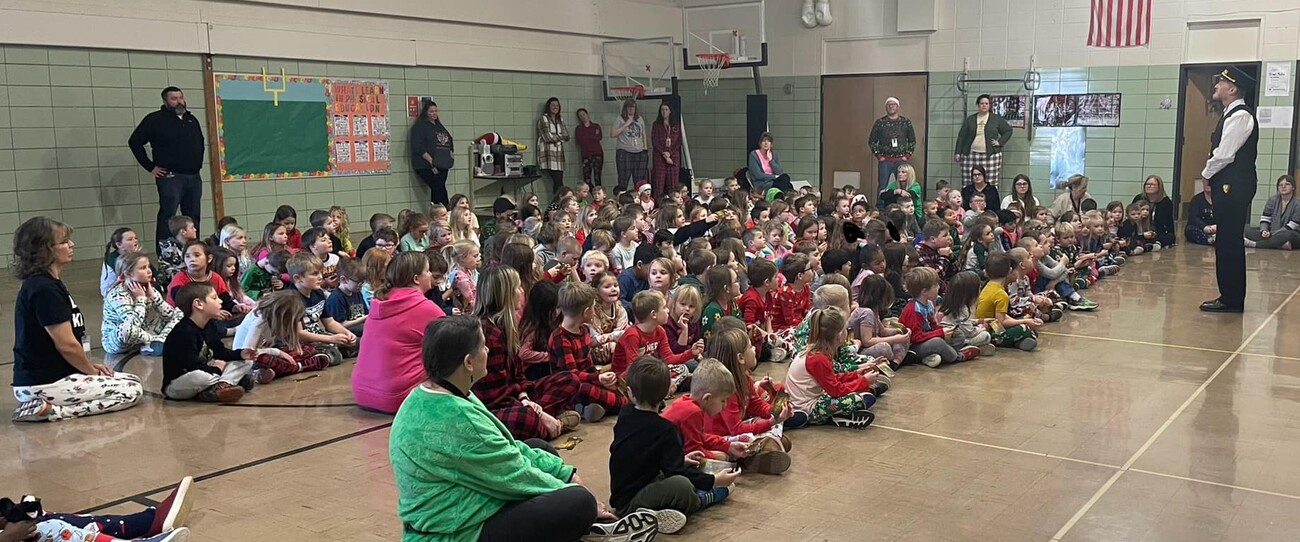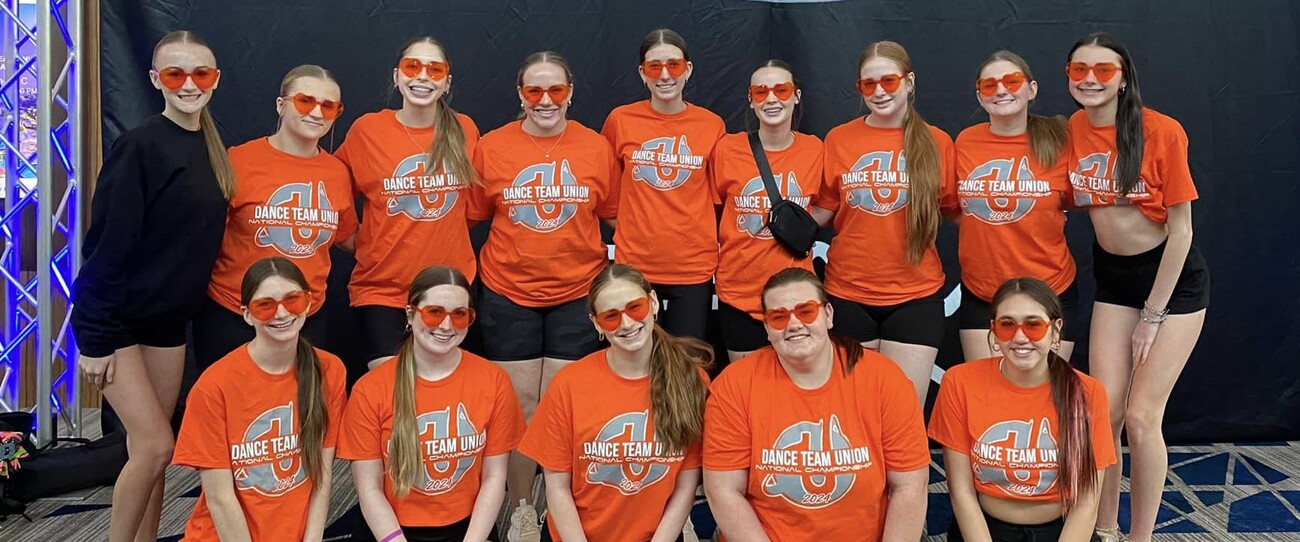Head Lice Information
Please find the following information regarding the prevention, treatment, and control of head lice. The nursing department will work with your child to resolve any issues of head lice.
What does head lice look like?
Since adult lice are the size of a sesame seed (2-3mm), head lice can be seen by the human eye. They live in human hair, draw blood from the skin, and lay eggs (called nits) on the hair shaft. Live nits are found less than 1/2 inch from the scalp and most often on hair at the back of the head in the neck region. Some children with lice complain of itchiness but many have no symptoms.
What are the signs and symptoms of head lice infestation?
- Tickling feeling of something moving in the hair.
- Itching, caused by an allergic reaction to the bites of the head louse.
- Irritability and difficulty sleeping; head lice are most active in the dark.
- Sores on the head caused by scratching. These sores can sometimes become infected with bacteria found on the person's skin.
Is your child at risk?
Yes. Head lice will spread as long as children play together. They spread almost completely through human hair to hair contact, and pets do not spread lice. Anyone can get head lice. Children in child care, preschools, elementary or middle schools are at risk. Head lice are NOT a sign of being dirty. Head lice are not dangerous and DO NOT spread diseases.
How did my child get head lice?
Head-to-head contact with an already infested person is the most common way to get head lice. Head-to-head contact is common during play at school, at home, and elsewhere (sports activities, playground, slumber parties, camp).
Although uncommon, head lice can be spread by sharing clothing or belongings. This happens when lice crawl, or nits attached to shed hair hatch, and get on the shared clothing or belongings. Examples include:
- sharing clothing (hats, scarves, coats, sports uniforms) or articles (hair ribbons, barrettes, combs, brushes, towels, stuffed animals) recently worn or used by an infested person;
- lying on a bed, couch, pillow, or carpet that has recently been in contact with an infested person.
Dogs, cats, and other pets do not play a role in the spread of head lice.
What can you do?
Parents are the key to looking for and treating head lice! The Iowa Department of Public Health advises parents to spend 15 minutes each week on each child carefully looking for head lice or nits. Persons with nits within ¼ inch of the scalp OR live lice should be treated. Careful use of a nit comb can potentially remove all lice. Each child should have his or her own comb or brush. Teach your child NOT to share hats, scarves, brushes, combs, and hair fasteners.
Prevention & Control
Head lice are spread most commonly by direct head-to-head (hair-to-hair) contact. However, much less frequently they are spread by sharing clothing or belongings onto which lice have crawled or nits attached to shed hairs may have fallen. The risk of getting infested by a louse that has fallen onto a carpet or furniture is very small. Head lice survive less than 1–2 days if they fall off a person and cannot feed; nits cannot hatch and usually die within a week if they are not kept at the same temperature as that found close to the scalp.
The following are steps that can be taken to help prevent and control the spread of head lice:
- Avoid head-to-head (hair-to-hair) contact during play and other activities at home, school, and elsewhere (sports activities, playground, slumber parties, camp).
- Do not share clothing such as hats, scarves, coats, sports uniforms, hair ribbons, or barrettes.
- Do not share combs, brushes, or towels. Disinfest combs and brushes used by an infested person by soaking them in hot water (at least 130°F) for 5–10 minutes.
- Do not lie on beds, couches, pillows, carpets, or stuffed animals that have recently been in contact with an infested person.
- Machine wash and dry clothing, bed linens, and other items that an infested person wore or used during the 2 days before treatment using the hot water (130°F) laundry cycle and the high heat drying cycle. Clothing and items that are not washable can be dry-cleaned OR sealed in a plastic bag and stored for 2 weeks.
- Vacuum the floor and furniture, particularly where the infested person sat or lay. However, spending much time and money on housecleaning activities is not necessary to avoid reinfestation by lice or nits that may have fallen off the head or crawled onto furniture or clothing.
- Do not use fumigant sprays or fogs; they are not necessary to control head lice and can be toxic if inhaled or absorbed through the skin.
To help control a head lice outbreak in a community, school, or camp, children can be taught to avoid activities that may spread head lice.
Treatment Calendar
The treatment days are scheduled to interrupt the lifecycle of the insect. A nit comb should be used to comb the hair and can be bought at most pharmacies
| Day 1 | Medicated Shampoo | Day 8 | Shampoo, condition and COMB |
| Day 2 | COMB only DO NOT WASH | Day 9 | Shampoo, condition and COMB |
| Day 3 | Shampoo, condition and COMB | Day 10 | Medicated Shampoo |
| Day 4 | Shampoo, condition and COMB | Day 11 |
COMB only DO NOT WASH
|
| Day 5 | Shampoo, condition and COMB |
Day 12
|
Shampoo, condition and COMB
|
| Day 6 | Shampoo, condition and COMB | Day 13 | Shampoo, condition and COMB |
| Day 7 | Shampoo, condition and COMB | Day 14 | Shampoo, condition and COMB |
Possible reasons treatment may not work
- Wrong diagnosis – dandruff, hair products, dust, and other objects can seem like nits (the white eggs) and other insects can look like lice
- Poor treatment – directions on the treatment product were not correctly followed
- Resistance to treatment – some lice are not killed by the chemicals in the over-the-counter treatments (permethrin and pyrethrin)
- Timing – the lice may take a few days to die; nits alone do not mean the child still has lice, look for crawling lice
- New lice – child got head lice again from playmate or family member
After the 14 day treatment, if crawling lice are still present, contact your healthcare provider who may recommend a prescription treatment for lice.
School exclusion
There is no need for children to be sent home or to miss school, though treatment should be started before returning to school the next day.
School officials should ask parents to check their children’s hair at least weekly.
For more information please visit:









